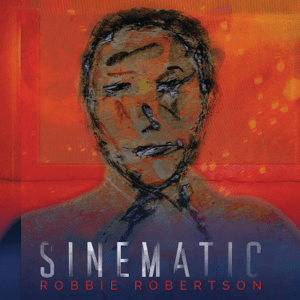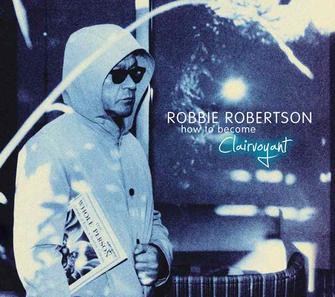Guest vocals feature continually, so he can rest his throat. Heard widely in the Scorsese film The Irishman, “I Hear You Paint Houses” is sung as a near-duet with Van Morrison, Robbie apparently not caring that his voice is the palest comparison to Richard Manuel’s. “Once Were Brothers” also happens to the title of Robbie’s latest retelling of the Band saga, this time for a documentary; here he’s joined by Citizen Cope. “Dead End Kid” smolders nicely, but takes off once Glen Hansard (famous from musical films The Commitments and Once) adds his counterpoint vocals. “Hardwired” also sports a promising intro, but descends into a one-chord riff. “Walk In Beauty Way” features the cooing voice of Laura Satterfield, niece of Rita Coolidge, and Robbie responds nicely in his verses when he’s not sounding lecherous. Beginning with a riff based on “Smokestack Lightning”, “Let Love Reign” has a chorus hook right out of Fleetwood Mac, and not the blues version of the band, and uses Hansard less effectively. The shout-out to John Lennon is oddly placed too.
“Shanghai Blues” returns to gangster territory with questionable lyrics, but “Wandering Souls” is a, yes, cinematic instrumental that shows how well he and Daniel Lanois were suited for each other. In many ways, it has us wishing more of the music was strictly instrumental. More criminal activity pervades “Street Serenade”, but it’s a more interesting track overall. Unfortunately, Howie B shows up to put his burbling synths and vocal grunts on “The Shadow”, a not-very-mysterious celebration of the old-time radio crimefighter. “Beautiful Madness” also starts as a decent track, but he puts way too much emphasis on his ordinary lyrics, though some swagger returns on “Praying For Rain”, with a little of the spirit of Storyville. “Remembrance” is the other song included from the credits of The Irishman, and features Derek Trucks on guitar in duet with Frédéric Yonnet’s harmonica.
There is a cohesion throughout Sinematic, and it’s a sonically lush album. It’s just too bad he’s singing all over it. Any of these tracks would be a highlight on another singer’s record.
Robbie Robertson Sinematic (2019)—2½

:format(jpeg):mode_rgb():quality(40)/discogs-images/R-9350795-1479067040-4862.jpeg.jpg)

:format(jpeg):mode_rgb():quality(90)/discogs-images/R-7139979-1434608364-1384.jpeg.jpg)


